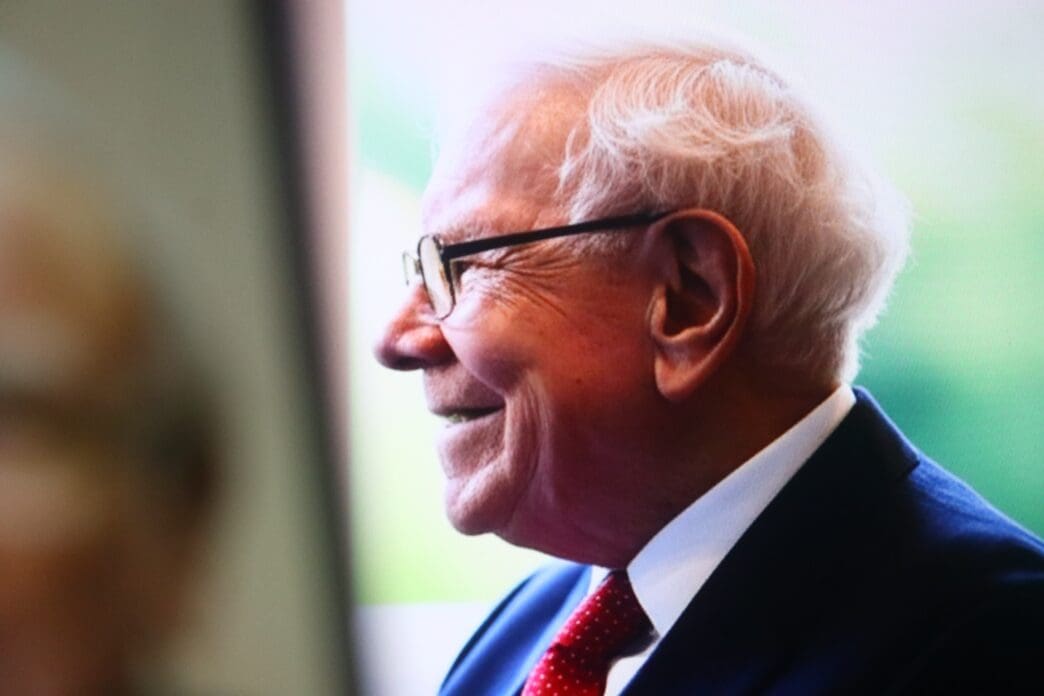Executive Summary
The Story So Far
Why This Matters
Who Thinks What?
The S&P 500, a key benchmark for the U.S. stock market, is being highlighted by analysts for its potential to deliver significant returns, echoing long-standing advice from investor Warren Buffett. Julian Emanuel of Evercore ISI forecasts the index could surge by 37% to reach 9,000 by the end of 2026, a projection largely underpinned by the ongoing adoption of artificial intelligence (AI) technologies. This outlook aligns with the S&P 500’s robust historical performance, which has shown an average annualized total return of 14.5% over the past decade.
Warren Buffett’s Endorsement
Warren Buffett, the chairman and CEO of Berkshire Hathaway, has consistently advised retail investors to consider S&P 500 exchange-traded funds (ETFs) as a foundational investment. While Berkshire Hathaway itself has vastly outperformed the S&P 500 since 1965, Buffett’s recommendation underscores the index’s broad market exposure and historical reliability for the average investor.
Understanding the S&P 500 Index
The S&P 500 is an index composed of 500 of the largest and most influential U.S. companies, encompassing all 11 major economic sectors. These companies collectively represent approximately 80% of the total value of the U.S. stock market, making the index a widely recognized proxy for the nation’s economic health.
As of August 31, the index’s sector weighting was heavily skewed towards information technology, which accounted for 33.5%. Other significant sectors included financials (13.8%), consumer discretionary (10.6%), and communication services (10%). The S&P 500 is weighted by market capitalization, meaning larger companies have a greater impact on the index’s performance. The recent surge in megacap technology stocks, fueled by the AI boom, has consequently increased their representation within the index.
Investing in the S&P 500
For investors seeking to track the S&P 500, ETFs such as the Vanguard S&P 500 ETF (VOO) offer a cost-effective solution. This particular ETF is known for its low expense ratio of 0.03%, equating to an annual fee of just $0.30 for every $1,000 invested.
Analyst Projections and Market Sentiment
Julian Emanuel’s prediction of the S&P 500 reaching 9,000 by late 2026 implies a significant bullish market trend. This forecast is primarily based on the expectation that continued AI adoption will drive substantial earnings growth for S&P 500 companies, thereby enhancing investor sentiment and attracting further capital into the market.
Historical Performance and Future Outlook
Historically, the S&P 500 has delivered average annualized returns of approximately 10% over the long term. Over the past decade, these returns have been even stronger, averaging 12.5%, and 14.5% when accounting for reinvested dividends. Despite these impressive figures, market analysts caution that past performance does not guarantee future results, and short-term market movements remain inherently unpredictable.
Key Takeaways
The S&P 500 continues to be a central focus for investors, with prominent figures like Warren Buffett advocating for its long-term potential. While specific predictions for future gains, such as the 37% increase projected by Evercore ISI, should be viewed with an understanding of market volatility, the index’s historical track record and its exposure to growth drivers like AI underscore its role as a core component in many investment portfolios.







